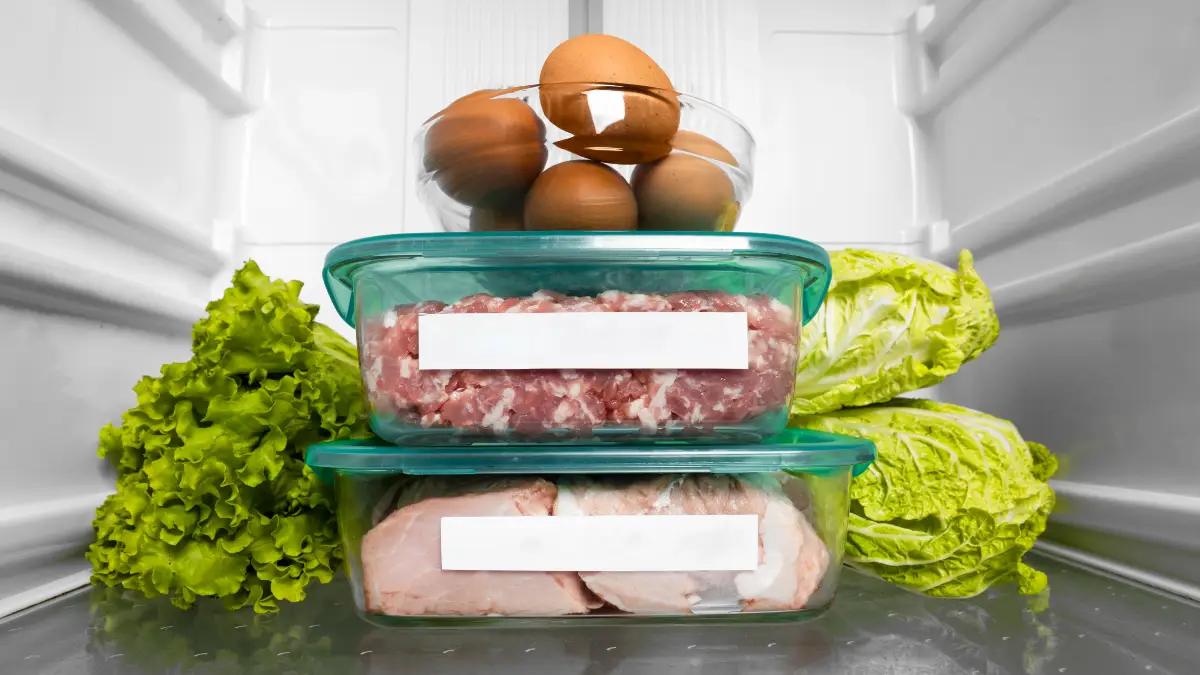Worried about food security? You’re not alone. These 25 foods can last 25+ years when stored properly, giving you peace of mind during emergencies, economic uncertainty, or simply to save money long-term.
The secret? Low moisture, proper packaging, and cool, dark storage. These foods stay safe and nutritious for decades because they naturally resist spoilage or have been processed specifically for long-term storage.
From grains and beans to honey and salt, these staples form the backbone of any serious food security plan. Best of all, many are affordable everyday items you can start storing today.
Ready to build food security that outlasts a generation? Let’s begin.
1. Hard Wheat Berries
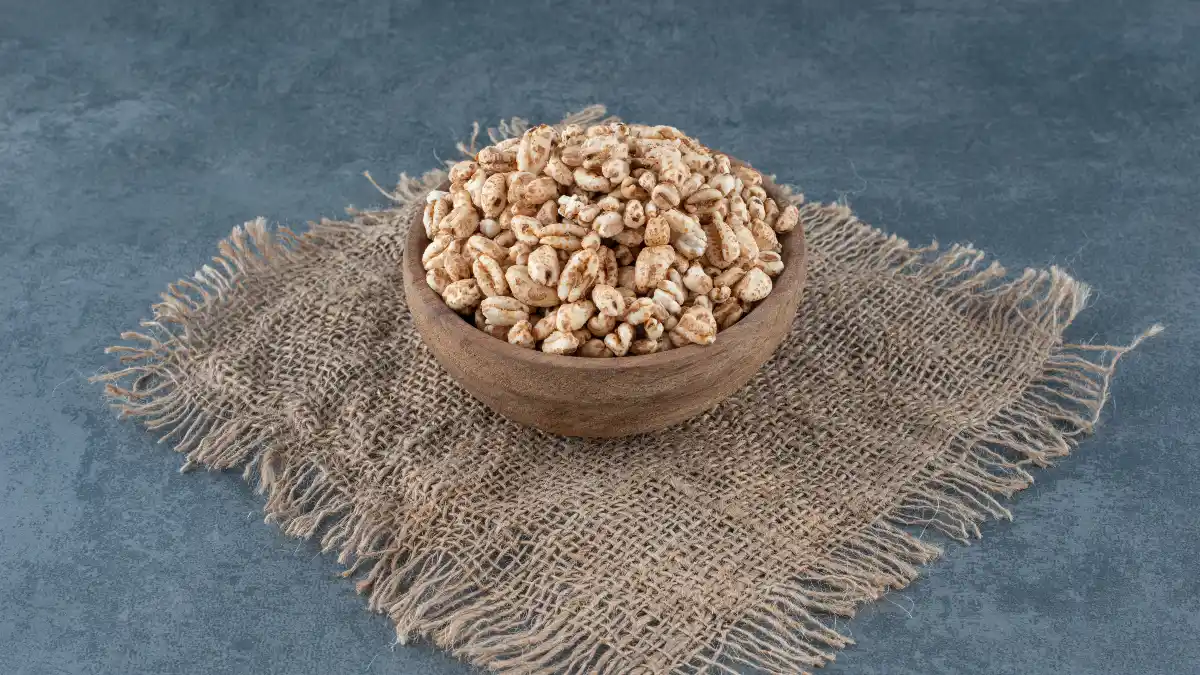
Hard wheat berries last 30+ years because they have very little moisture inside them. When properly stored, these tiny, hard seeds stay dormant—like they’re sleeping until you’re ready to use them.
To make wheat berries last this long, you need to:
- Store them in airtight containers with oxygen absorbers
- Keep them in a cool, dark place below 75°F
- Make sure they stay dry (moisture is the enemy!)
The outer hull protects the nutrient-rich inside, making wheat berries nature’s perfect storage food. Unlike soft wheat, hard wheat has less moisture and more protein, helping it survive decades of storage.
2. White Rice
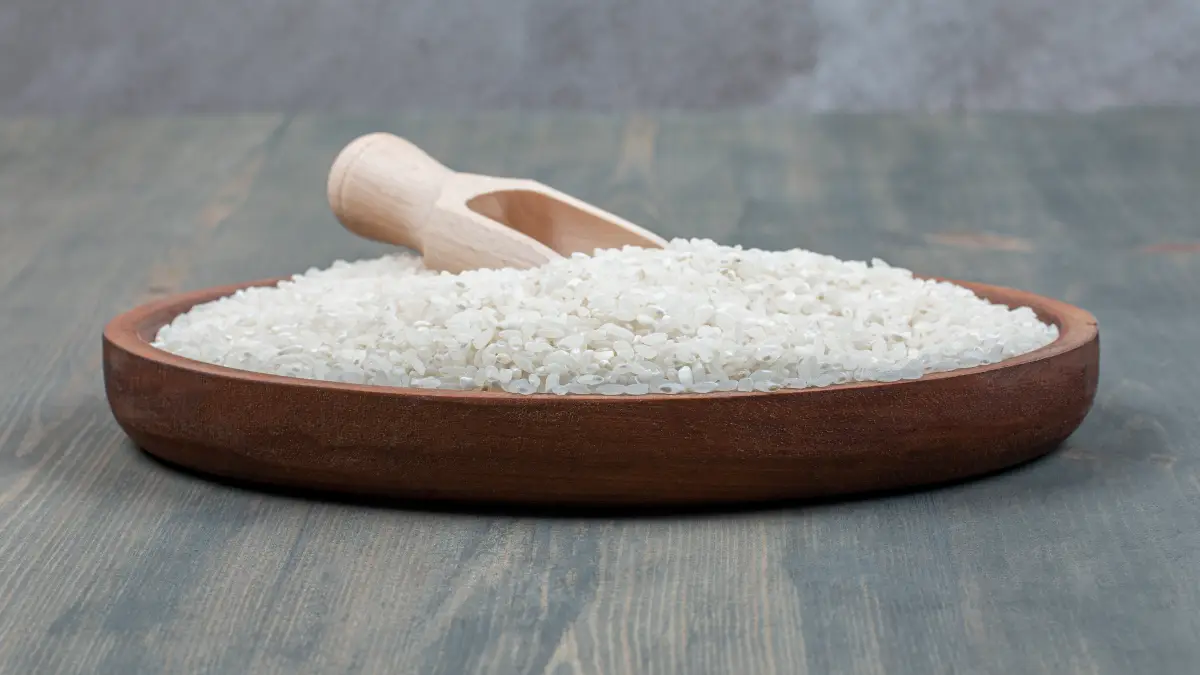
White rice outlasts brown rice by decades because all the fatty parts have been removed. Without oils to go rancid, white rice can sit happily for 30+ years.
White rice works for long-term storage because:
- It contains almost no moisture (about 10-12%)
- It has no fats or oils that can spoil
- The processing removes the parts that attract bugs and mold
This is why preppers and emergency planners love white rice. It’s cheap, filling, and truly stands the test of time when kept in sealed containers with oxygen absorbers.
3. Rolled Oats
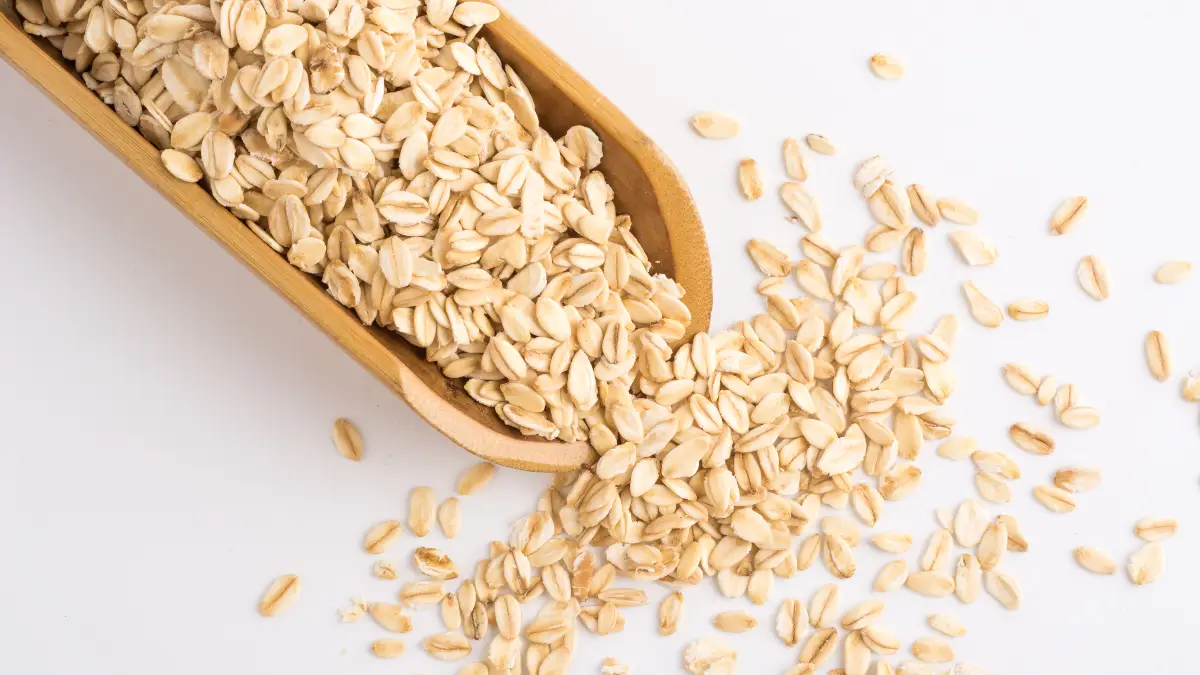
Rolled oats can last 25-30 years because the steaming and rolling process makes them stable without destroying their nutrition.
Their long shelf life comes from:
- Low moisture content after processing
- Natural compounds that resist spoilage
- Minimal fat content compared to many grains
Studies by Brigham Young University found properly stored oats remained safe and tasty after 30 years. Just remember that quick oats don’t last as long as regular rolled oats—the less processed, the better for long-term storage.
4. Pasta/Macaroni
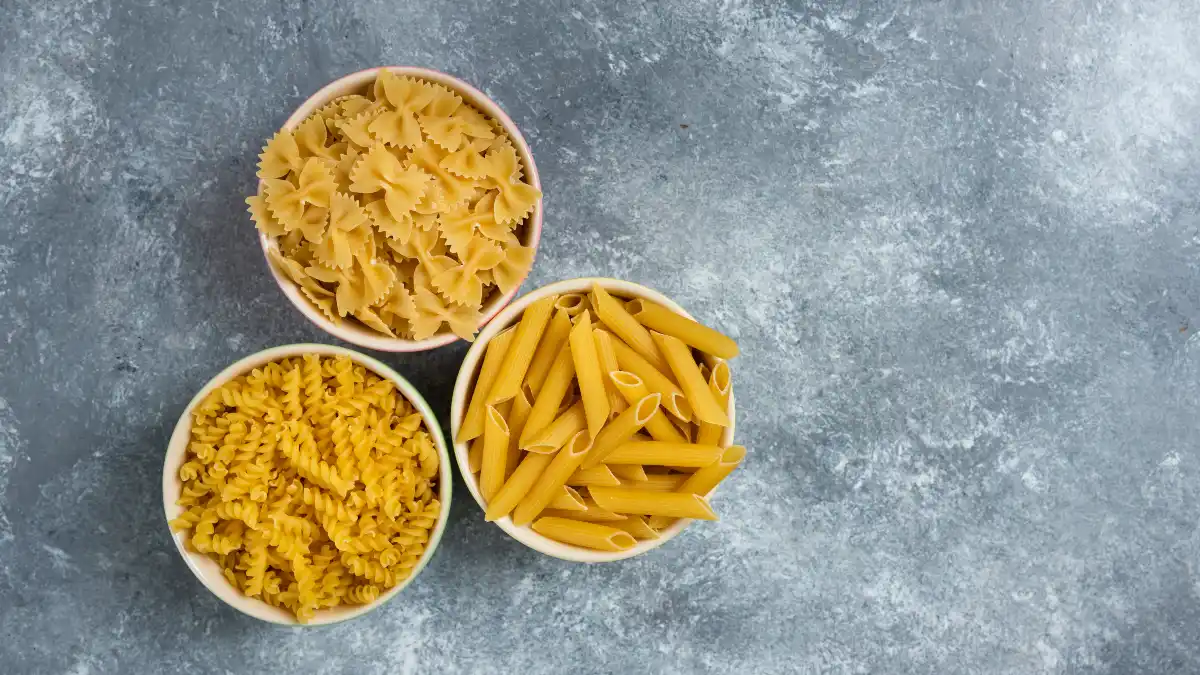
Pasta lasts 30 years because it’s dried to less than 10% moisture content. This low moisture means bacteria and mold can’t grow.
The secret to pasta’s staying power:
- Made from simple ingredients (flour and water)
- Dried thoroughly during manufacturing
- Contains almost no oils that can go bad
- Dense shape resists breaking down over time
Egg noodles won’t last as long because the egg contains fats that eventually spoil. Stick with regular pasta for the longest shelf life.
5. Dried Corn
Dried corn has fed people for thousands of years, and properly stored, it lasts 30+ years. Native Americans preserved corn this way long before modern technology.
Dried corn survives decades because:
- The kernels naturally seal in nutrients
- When fully dried, corn has very low moisture
- The hard outer shell protects the inside
- It can be ground into cornmeal when needed
Make sure you store degerminated corn (with the oily germ removed) for the longest shelf life. Regular cornmeal only lasts 1-2 years, but whole dried corn kernels go the distance.
6. Pinto Beans
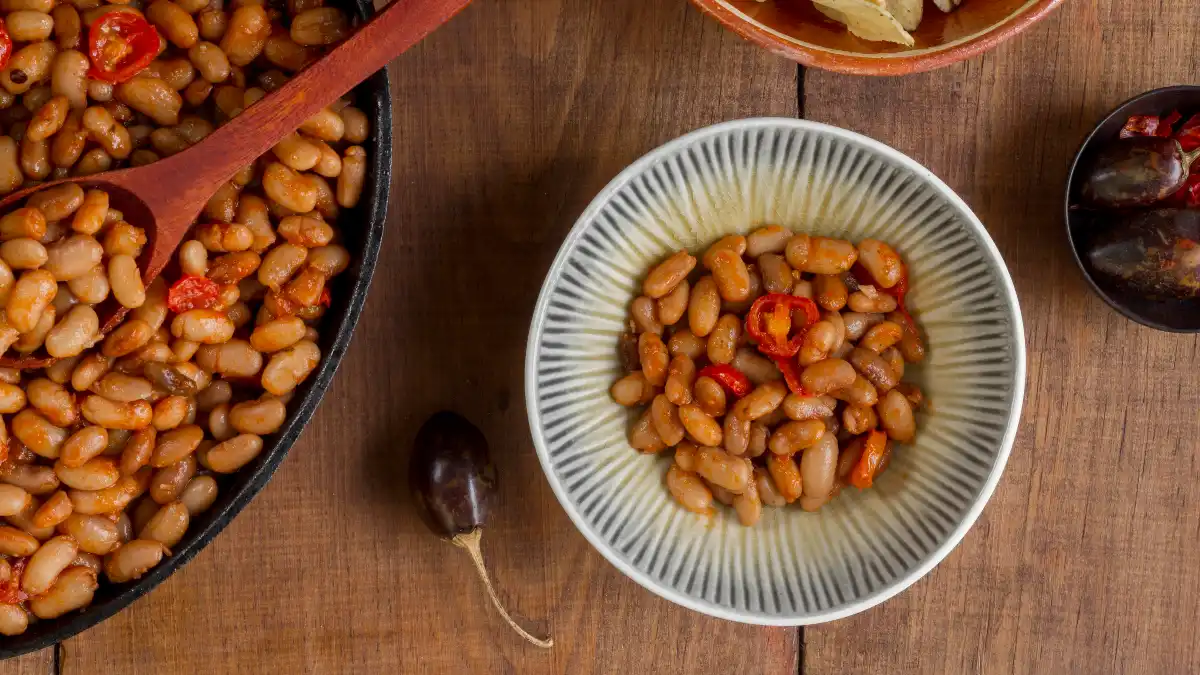
Pinto beans stay good for 30 years when stored correctly. Their natural design helps them remain dormant until they meet water again.
These beans last because:
- They’re naturally dried on the plant
- The hard seed coat protects the nutrients inside
- They contain very little moisture when properly stored
- Beans are meant to stay viable for years in nature
Even after decades, old beans still cook up safely—they just take longer soaking time. The Provident Prepper successfully cooked 24-year-old beans and found them perfectly edible.
7. Black Beans
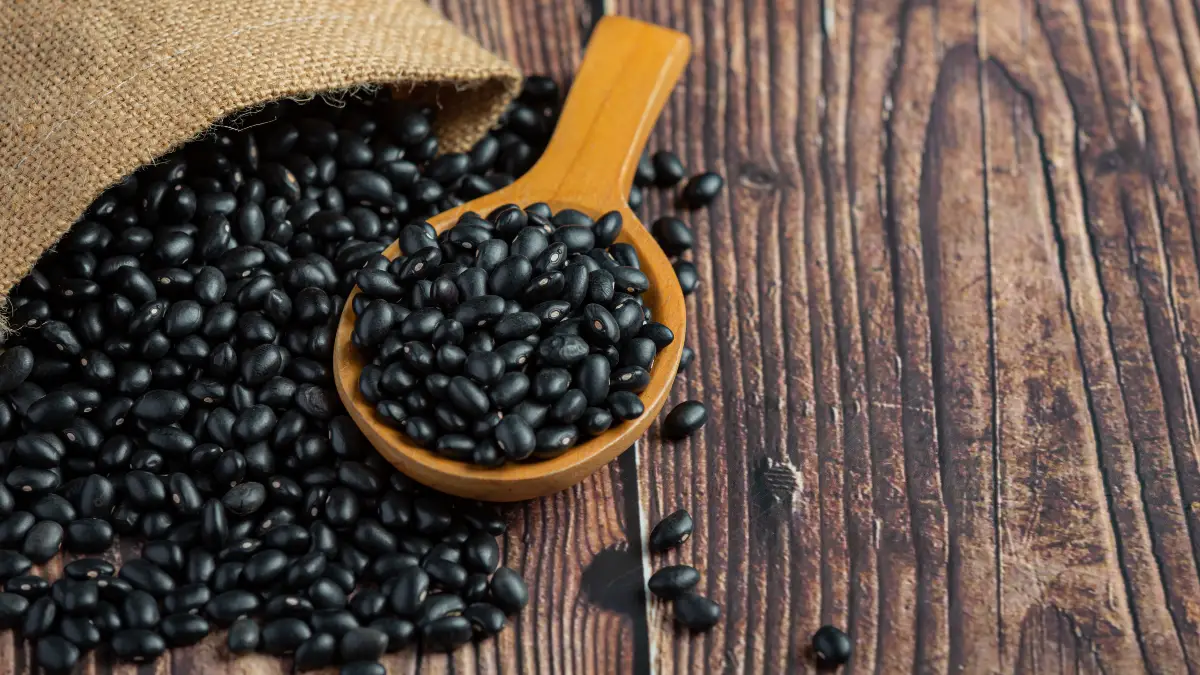
Like their pinto cousins, black beans can last 30 years. Their dark color comes from antioxidants that actually help preserve them longer.
Black beans survive decades because:
- They have natural compounds that resist breakdown
- Their seed coat is particularly protective
- They maintain protein content even after many years
- They’re naturally pest-resistant
All beans get harder to cook as they age, but they remain safe and nutritious. Just add 1/4 teaspoon of baking soda to the cooking water for beans older than 5 years.
8. Lentils
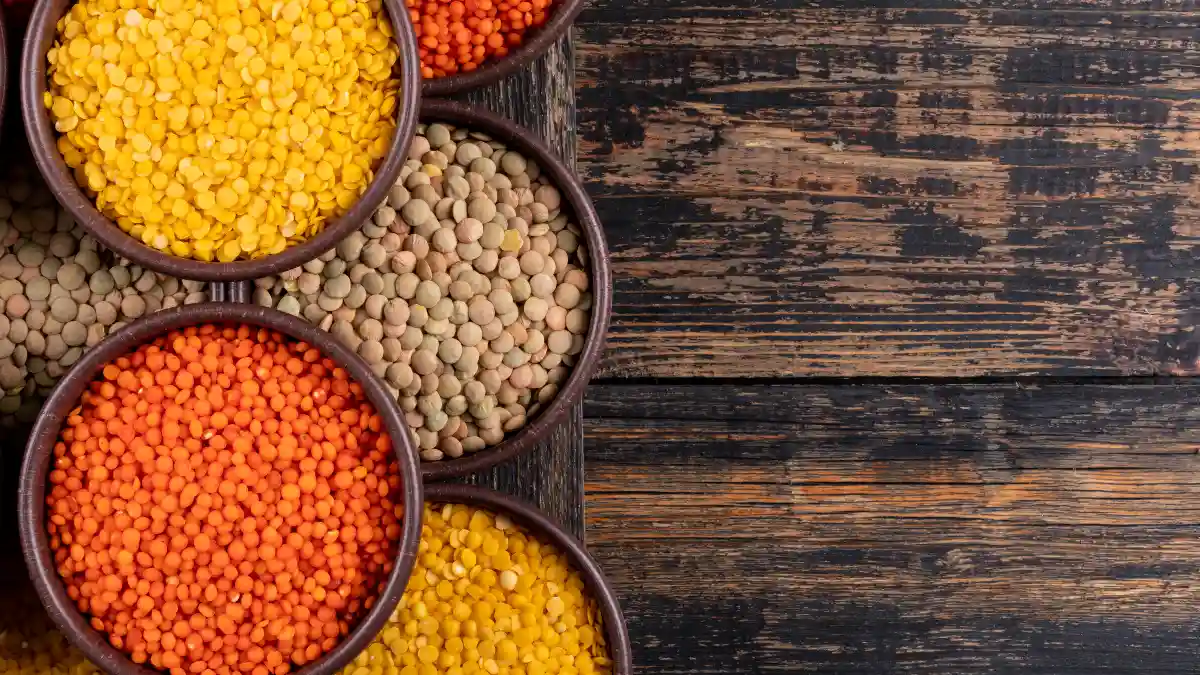
Lentils last 25-30 years because of their small size and sturdy structure. These protein-packed legumes are some of the oldest cultivated foods on earth.
Lentils stay good because:
- Their small size means they dry more completely
- They contain natural preservative compounds
- They have less surface area for oxygen damage
- Their low fat content prevents rancidity
Lentils cook faster than beans even after decades in storage, making them perfect for emergency meals when fuel might be limited.
9. Split Peas
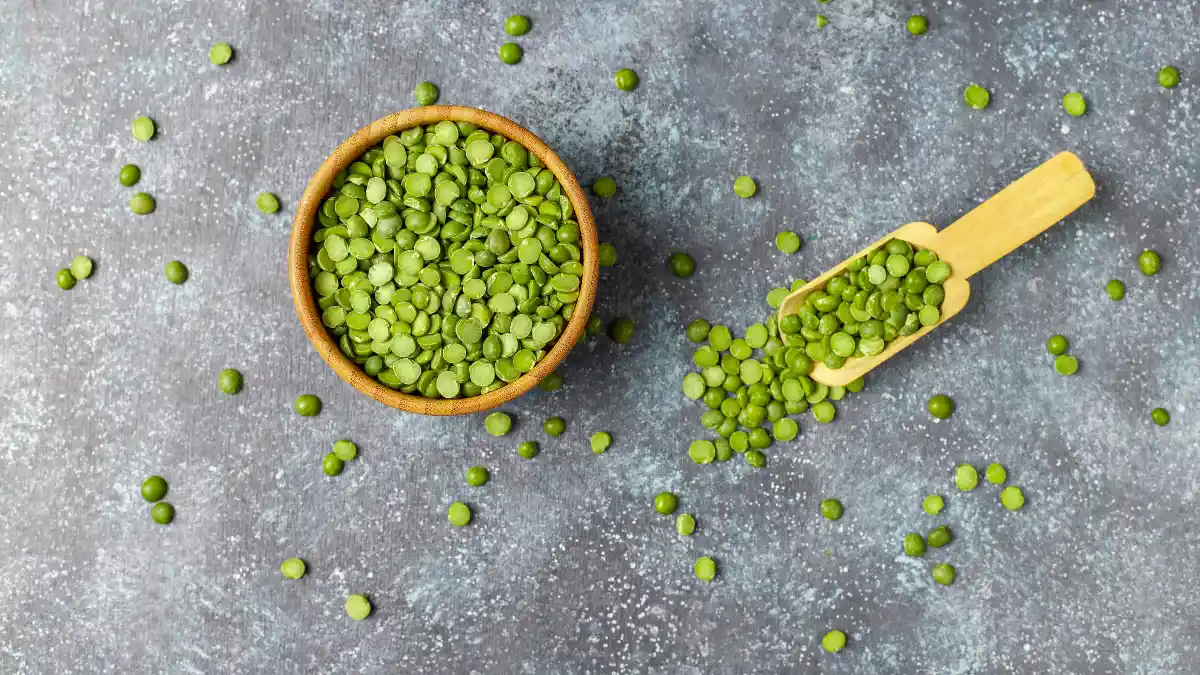
Split peas last 25-30 years because the splitting process exposes the inside to complete drying. Green or yellow split peas both work great for long-term storage.
These last because:
- The splitting removes any moisture traps
- They contain minimal fat
- They’re already partially processed for cooking
- Their small size allows for complete drying
Split peas make great soup even after decades in storage and provide excellent protein and fiber when other fresh foods might be unavailable.
10. Freeze-Dried Vegetables
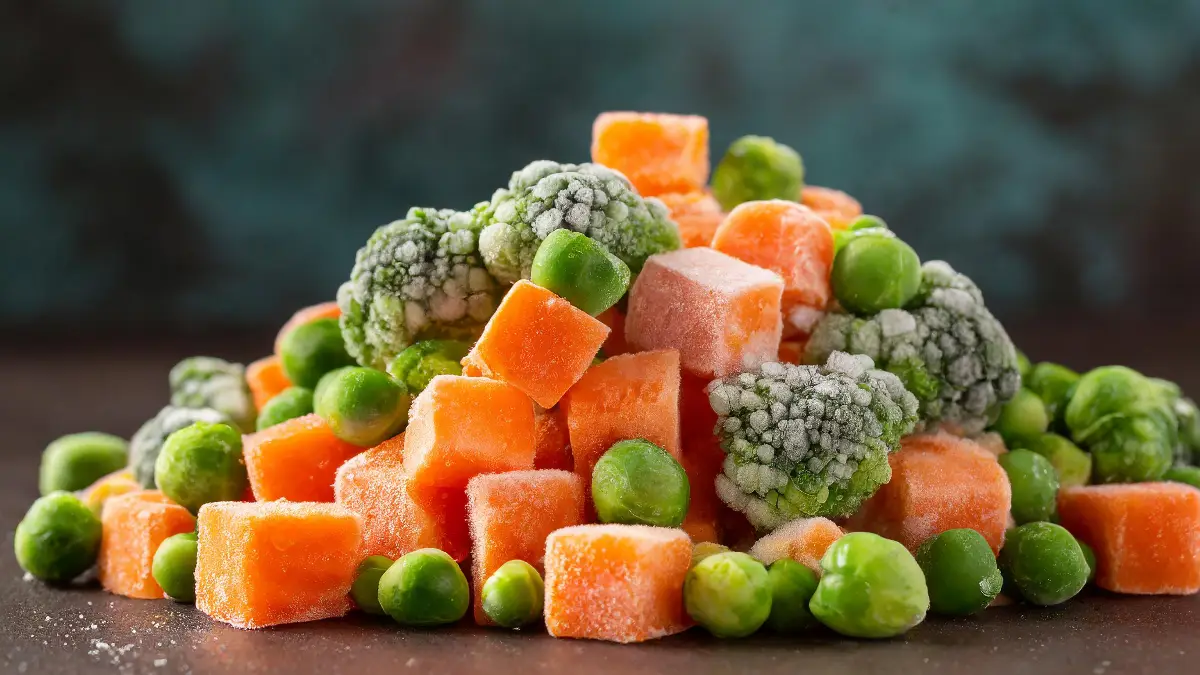
Freeze-dried vegetables last 25-30 years because the freeze-drying process removes 98-99% of moisture while preserving nutrients, color, and flavor.
This amazing preservation happens because:
- The food is flash-frozen, then the water is removed as vapor
- Almost no liquid water means bacteria and mold can’t grow
- The process locks in nutrients better than other preservation methods
- The food structure stays intact, allowing quick rehydration
Studies show freeze-dried foods retain 90-95% of their original nutritional value even after 25+ years when stored properly in oxygen-free containers.
11. Freeze-Dried Fruits
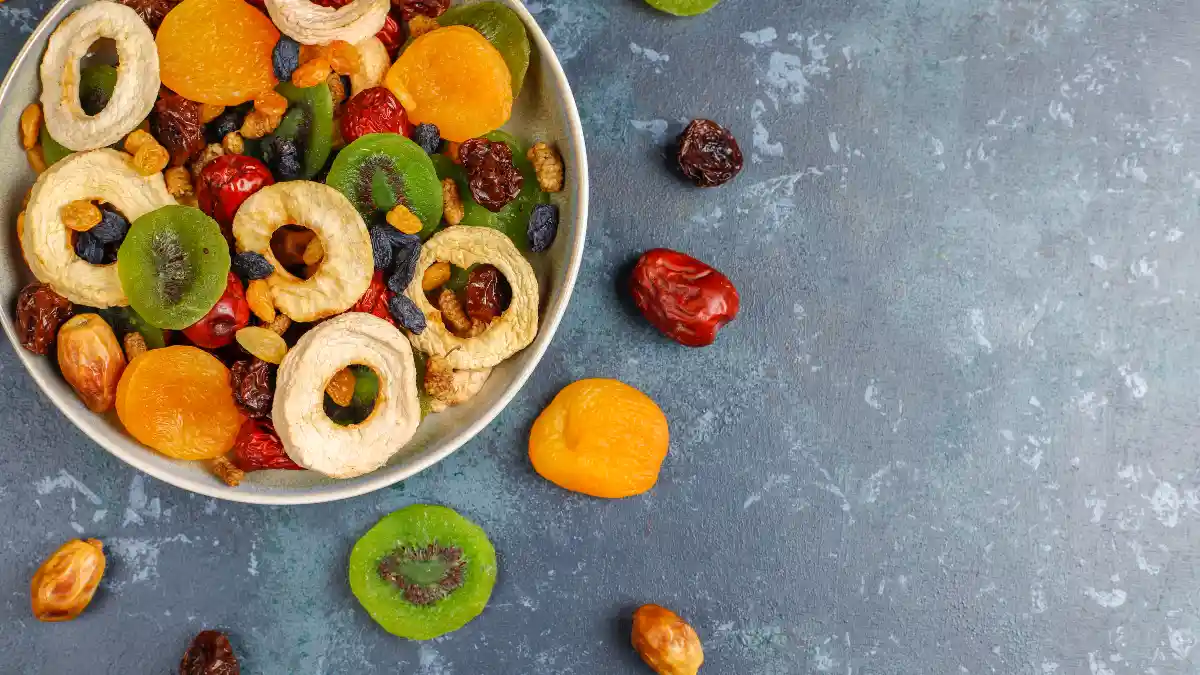
Freeze-dried fruits maintain their goodness for 25-30 years for the same reasons as vegetables. The process captures their peak ripeness and flavor.
These colorful foods last because:
- The freeze-drying process removes water but keeps flavor compounds
- Natural sugars help preserve the fruit
- The cell structure remains largely intact
- Without water, enzymes that cause browning can’t work
Unlike dehydrated fruits that get tough and chewy, freeze-dried fruits stay light and crispy, then return to a fresh-like texture when water is added back.
12. Freeze-Dried Meats
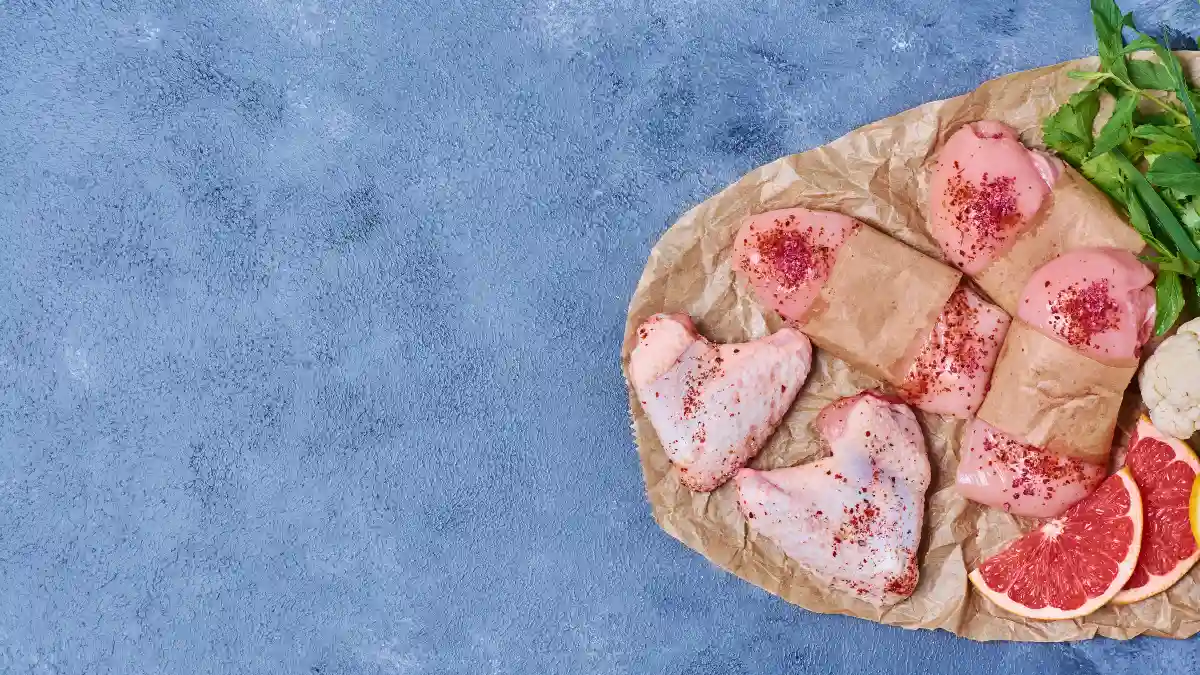
Freeze-dried meats last 25-30 years because the process removes water while locking in protein. This stops bacterial growth and prevents spoilage.
Meat stays good this long because:
- The freeze-drying removes 98% of moisture
- The meat is usually cooked before drying, killing bacteria
- Vacuum sealing and oxygen absorbers prevent oxidation
- Without moisture, enzymes that break down meat can’t function
Mountain House tested 30-year-old freeze-dried meat products and found them safe and tasty—impressive for food containing animal protein, which typically spoils quickly.
13. Complete Freeze-Dried Meals
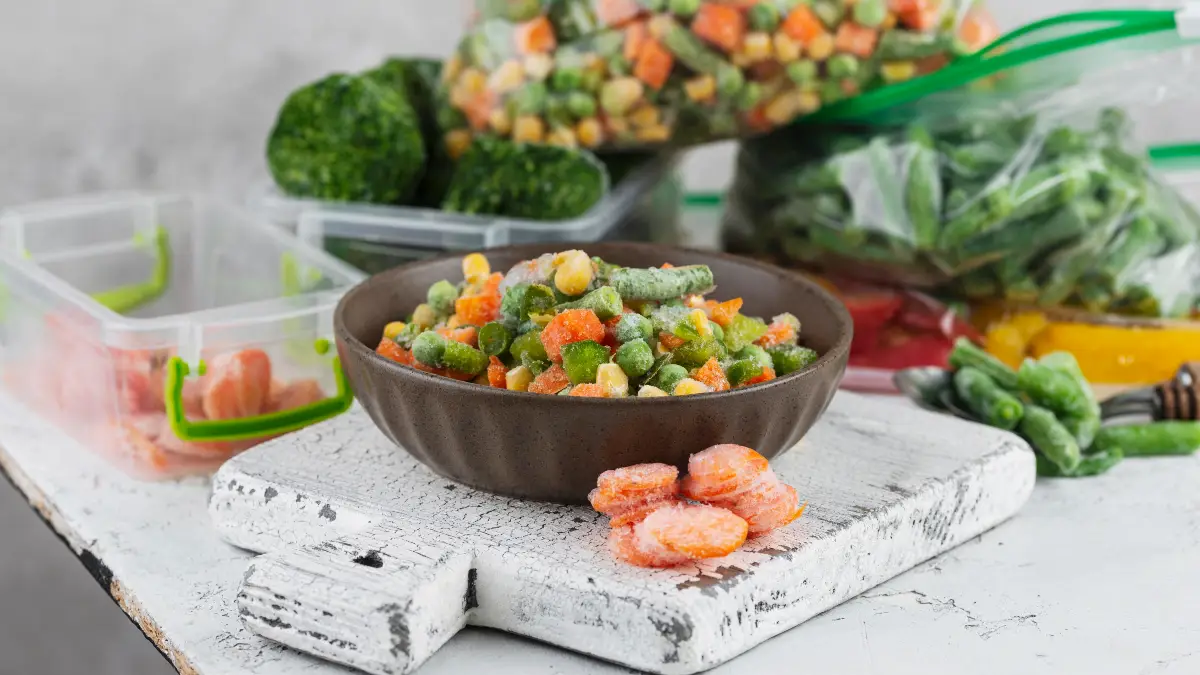
Complete freeze-dried meals combine multiple ingredients that together last 25-30 years. These meals offer variety and convenience during emergencies.
These meals stay fresh because:
- Every ingredient is freeze-dried to remove moisture
- The meals are sealed in special packaging that blocks light and oxygen
- The recipes are designed with stable ingredients
- Many include oxygen absorbers inside the packaging
Companies like Mountain House guarantee a 30-year shelf life on many of their freeze-dried meal options, based on extensive testing of aged products.
14. Dehydrated Onions
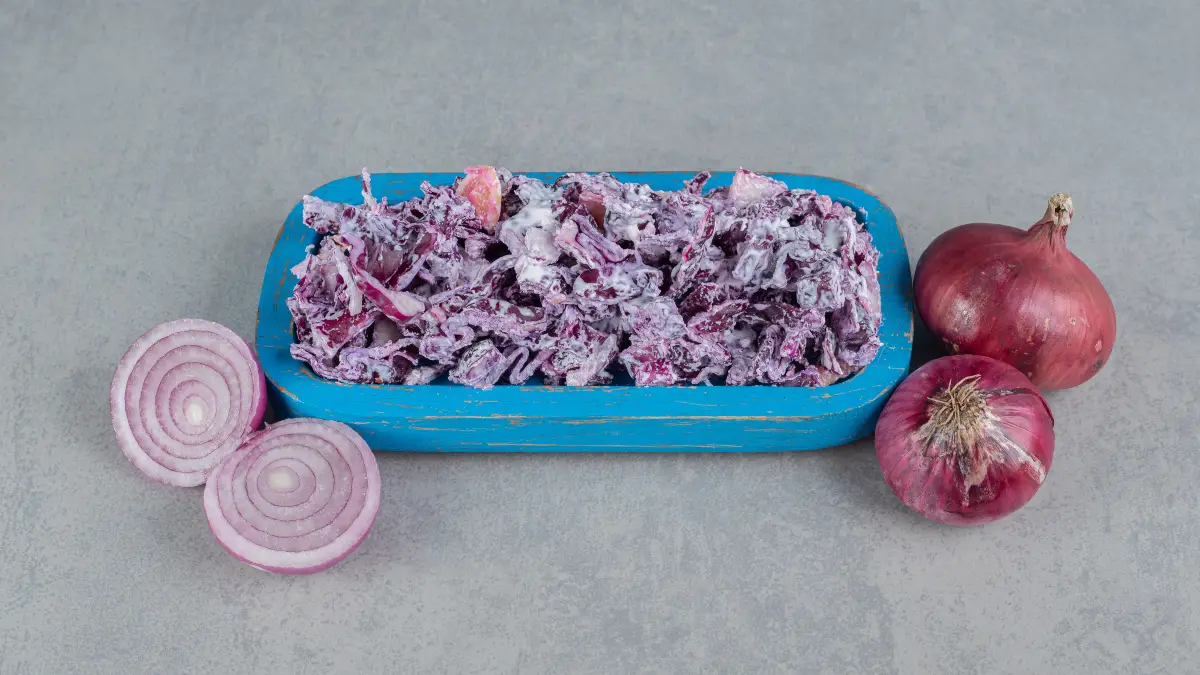
Dehydrated onions last 20-25 years because the drying process removes about 96% of their moisture. Plus, onions naturally contain compounds that fight bacteria and fungi.
These flavorful bits stay good because:
- Their sulfur compounds act as natural preservatives
- The dehydration process removes almost all water
- They contain very little fat to go rancid
- Their strong flavor remains even after decades
When you open old dehydrated onions, they should still have a strong onion smell. If they don’t smell like onions anymore, they’ve lost their flavor—but they’re still safe to eat.
15. Dehydrated Carrots
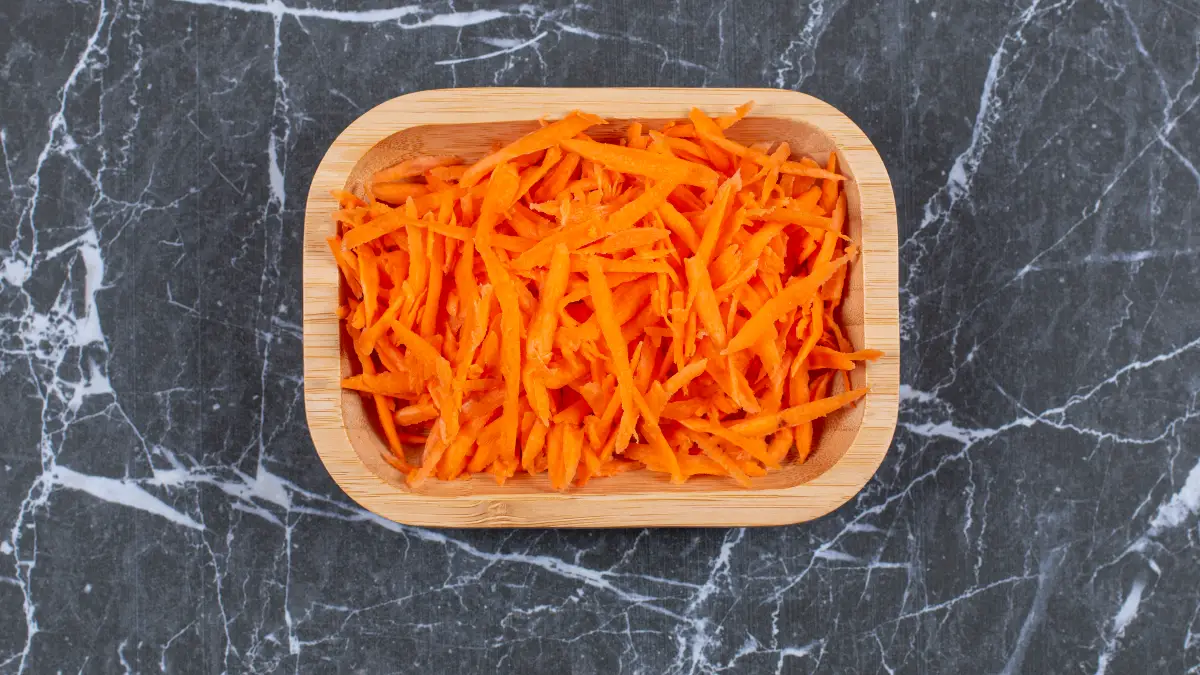
Dehydrated carrots stay good for 20+ years when properly stored. Their naturally low moisture and high sugar content help them last.
Carrots keep for decades because:
- The dehydration process removes 95% of moisture
- Their beta-carotene acts as a natural preservative
- They have very little fat to spoil
- Their cell structure holds up well to drying
While not quite as long-lasting as freeze-dried carrots, dehydrated carrots are more affordable and still provide excellent nutrition after two decades in storage.
16. Dried Apple Slices
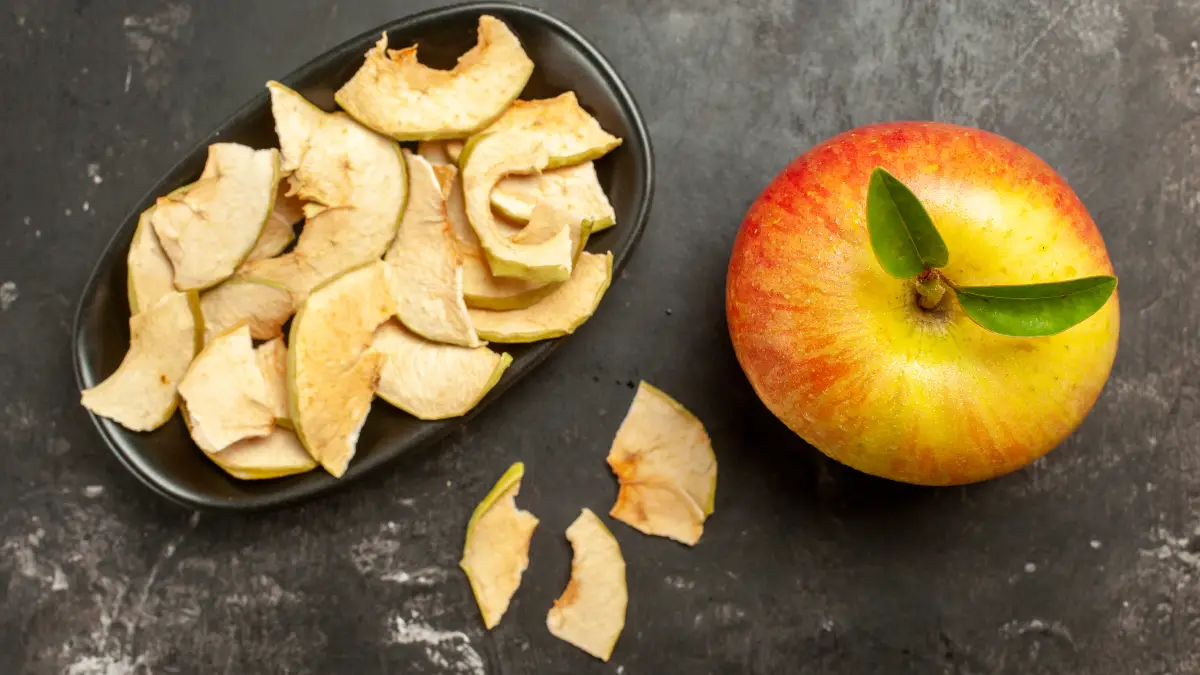
Dried apple slices can last 30 years when properly prepared and stored. Their natural sugars help preserve them, and the drying process concentrates these preservative compounds.
These apple slices last because:
- The drying process removes 80-90% of moisture
- Their natural acidity helps prevent bacterial growth
- The sugar content acts as a preservative
- Proper packaging prevents reabsorption of moisture
Studies from BYU found that dried apples stored in oxygen-free containers maintained good quality for 30+ years—though they darkened somewhat, they remained safe and nutritious.
17. Honey
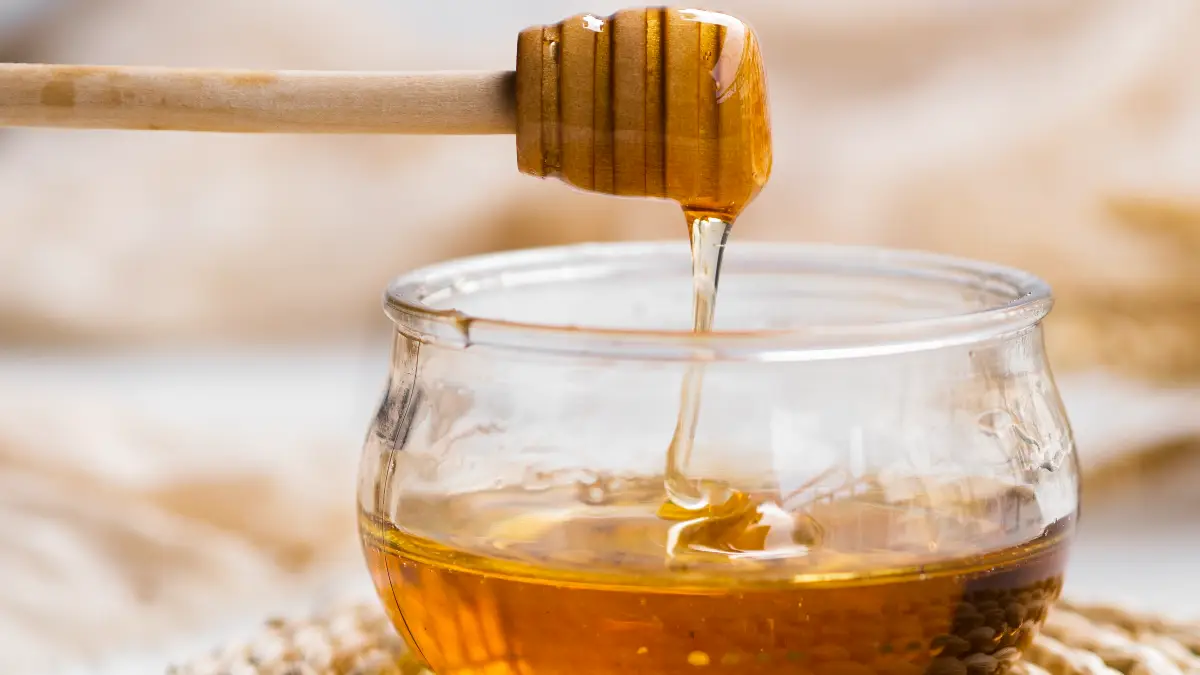
Honey lasts indefinitely—literally forever—because of its unique chemical properties. Archaeologists have found 3,000-year-old honey in Egyptian tombs that was still perfectly good!
Honey never spoils because:
- It has extremely low moisture content (about 18%)
- It’s very acidic with a pH of 3-4.5
- It contains hydrogen peroxide, which kills bacteria
- Its high sugar concentration creates osmotic pressure that destroys microbes
Even if honey crystallizes or darkens over time, it’s still perfectly good. Just warm it gently to return it to liquid form if needed. No other food on earth has the same preservative properties as honey.
18. Salt (Non-iodized)
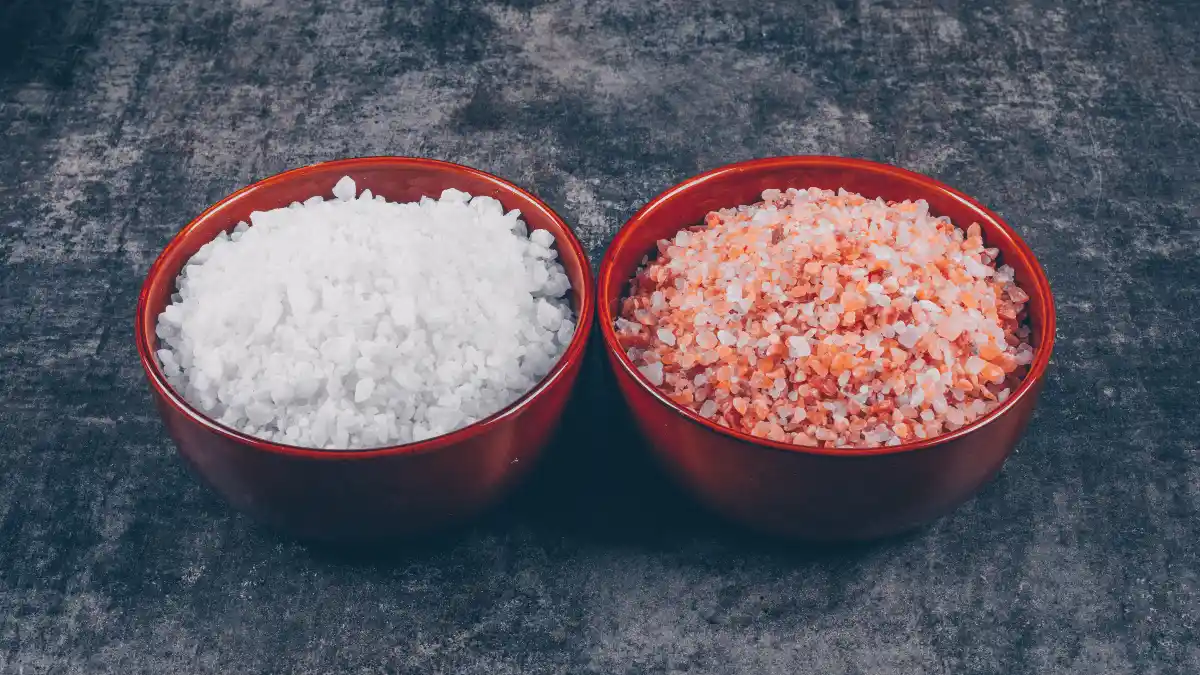
Salt never goes bad. It’s a mineral, not an organic compound, so it doesn’t break down over time. People have used salt to preserve other foods for thousands of years.
Salt lasts forever because:
- It’s a stable chemical compound (sodium chloride)
- It has no moisture to support bacterial growth
- It has no components that can oxidize or go rancid
- It naturally repels bacteria and fungi
Choose non-iodized salt for truly indefinite storage. Iodized salt still lasts many years, but the iodine compound can break down after about 5 years, changing the flavor slightly.
19. White Sugar
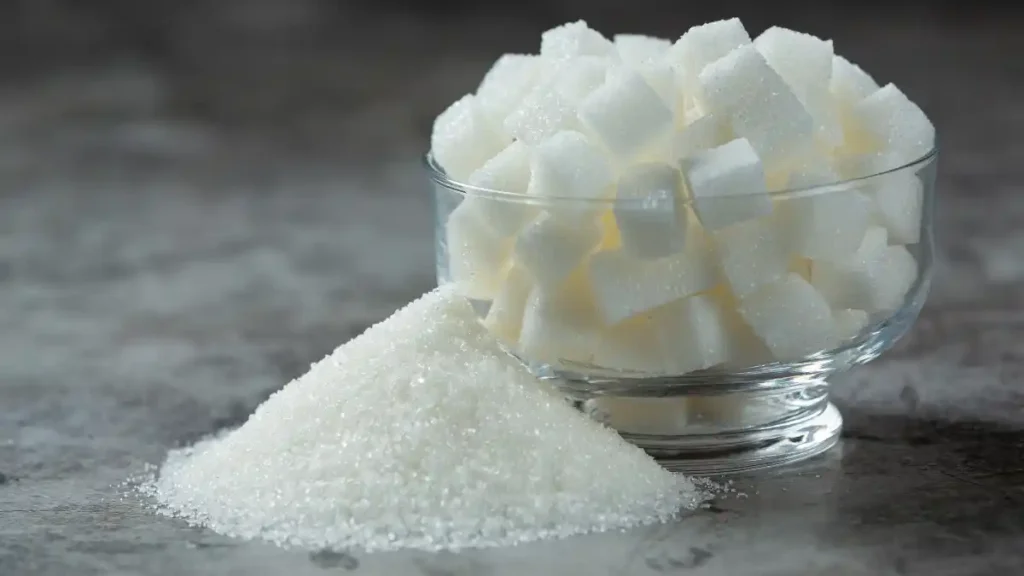
White sugar lasts indefinitely when kept dry. Ancient sugar supplies have been found still perfectly usable after hundreds of years.
Sugar stays good forever because:
- It contains virtually no moisture
- Its high concentration prevents microbial growth
- It has no proteins or fats that can break down
- It’s a chemically stable compound
Even if sugar hardens into clumps over time, it’s still good. Just break up the lumps, and it works exactly the same as it did the day it was packaged.
20. White Vinegar
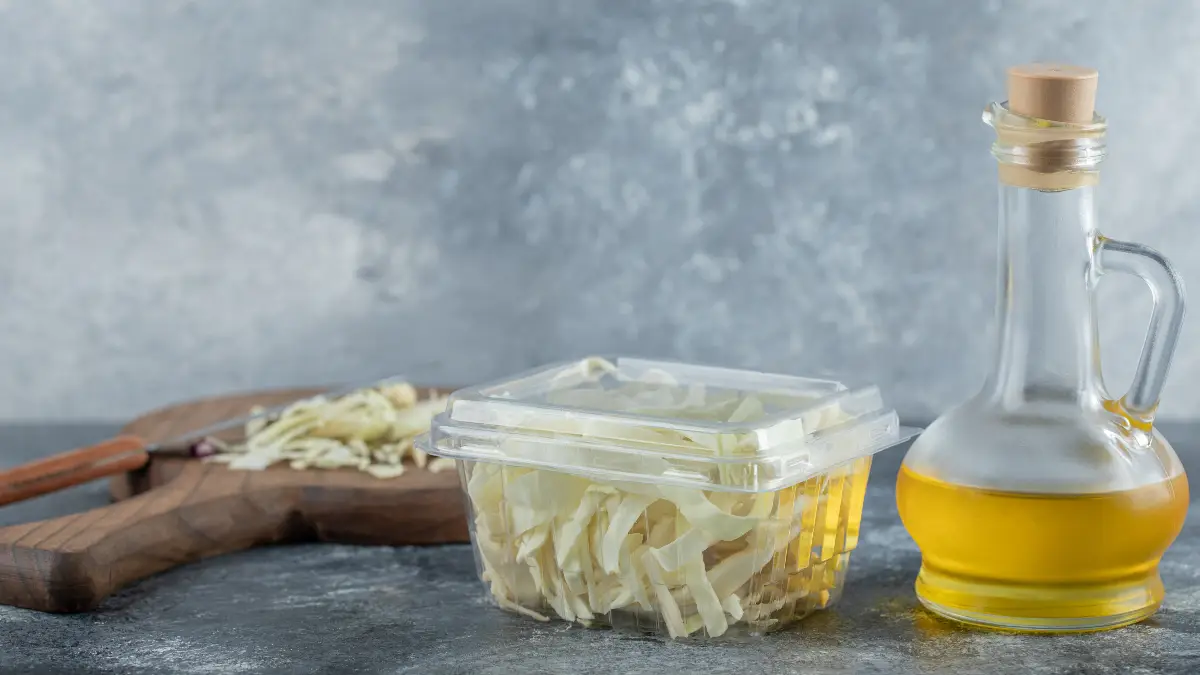
White vinegar lasts indefinitely because it’s already a preservative itself. With 5% acetic acid, vinegar creates an environment where no bacteria or mold can survive.
Vinegar stays good because:
- Its high acidity prevents all microbial growth
- It’s already fermented, so it can’t ferment further
- It contains no nutrients that spoil
- It’s made through a process that ensures stability
Some vinegars might develop a cloudy substance called “mother” over time, but this is harmless—it’s just concentrated proteins and good bacteria. The vinegar is still perfectly usable.
21. Baking Soda
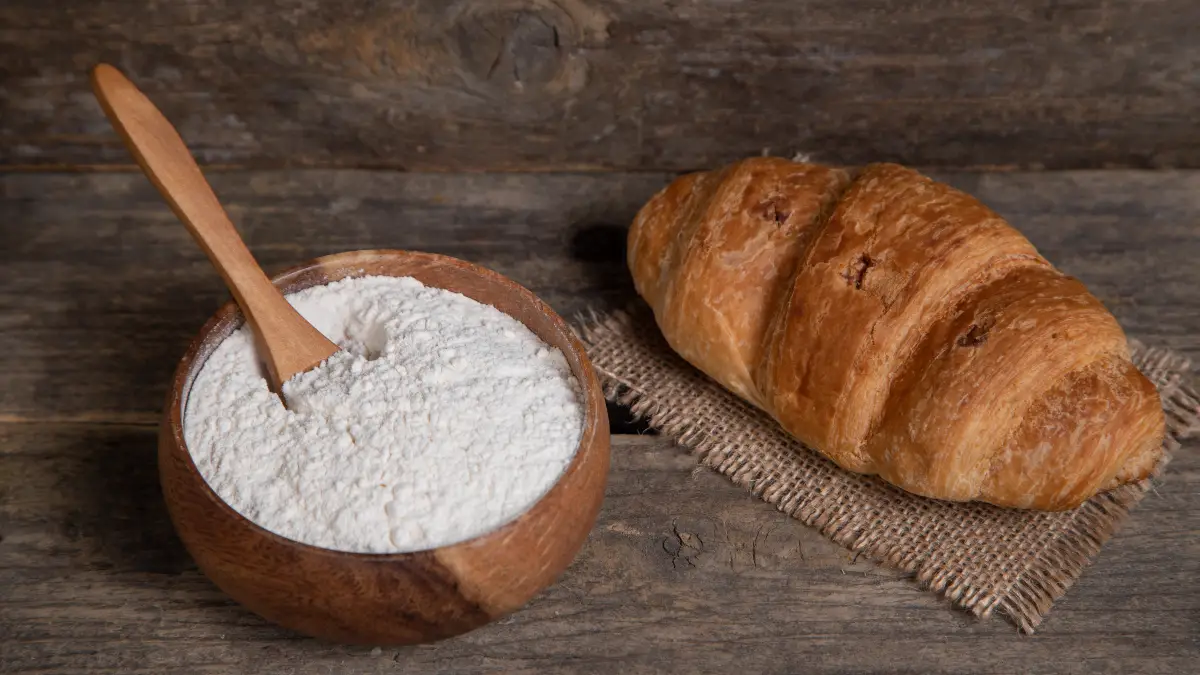
Baking soda (sodium bicarbonate) lasts indefinitely because it’s a stable mineral compound. It’s been found usable in ancient Egyptian tombs thousands of years old.
Baking soda never expires because:
- It’s a simple, stable mineral compound
- It contains no organic matter to decompose
- It has no moisture content
- It naturally repels bacteria
While opened baking soda might absorb odors from your refrigerator (that’s why it works as a deodorizer!), sealed baking soda will maintain its potency forever if kept dry.
22. Pure Maple Syrup
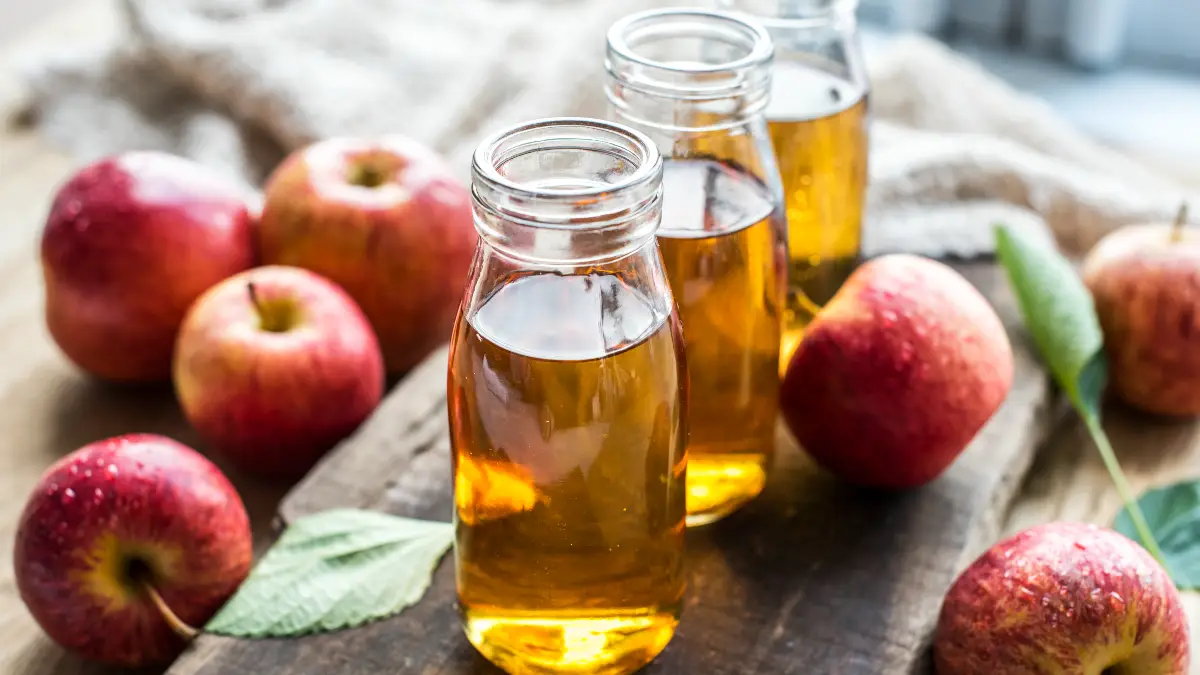
Pure maple syrup, when properly sealed, lasts indefinitely. Its high sugar content and processing method make it immune to spoilage.
Maple syrup stays good because:
- It’s boiled at high temperatures during processing, killing all microbes
- Its sugar concentration is too high for bacteria to grow
- It has low water activity despite being a liquid
- When sealed, no new microorganisms can get in
Once opened, maple syrup should be refrigerated. But unopened, sealed pure maple syrup will still be good when your grandchildren find it decades from now.
23. Amaranth
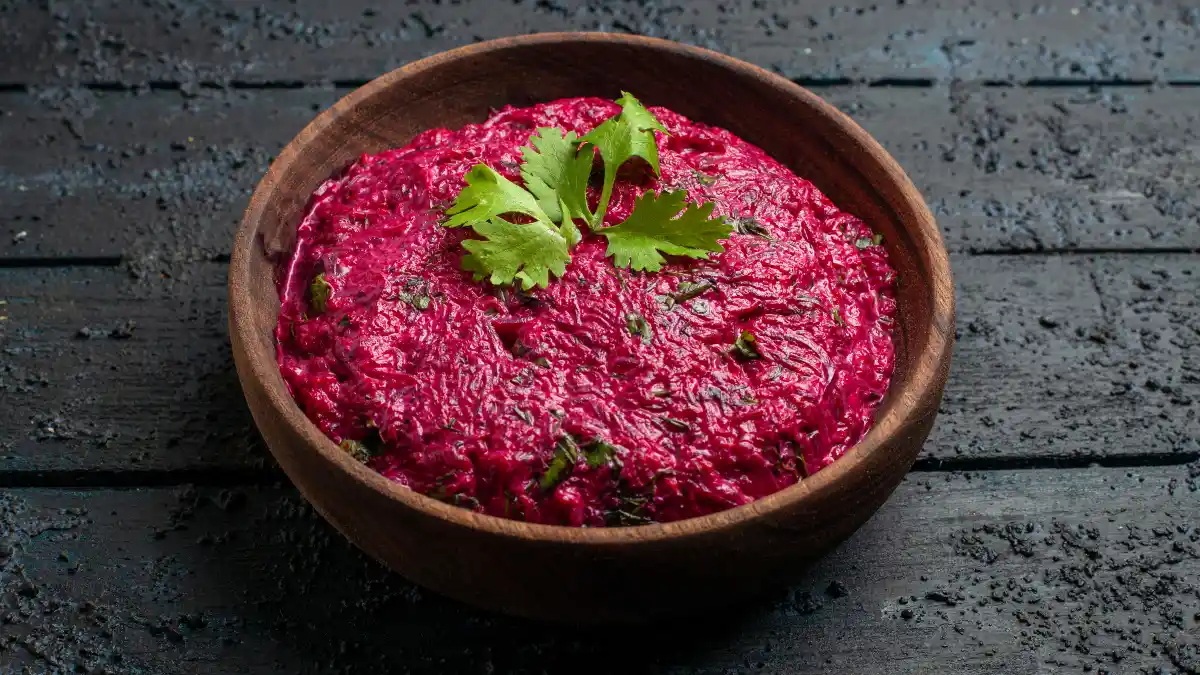
Amaranth seeds last 20+ years because they were designed by nature to stay viable for long periods. This ancient grain fed civilizations for thousands of years before modern storage methods.
Amaranth lasts so long because:
- The seeds have a hard outer shell that protects the inside
- It has very low moisture content naturally
- It contains compounds that resist pest infestation
- Its high protein stays stable for decades
Amaranth provides complete protein, making it valuable for long-term food security. Store it like other grains in oxygen-free containers for maximum shelf life.
24. TVP (Textured Vegetable Protein)
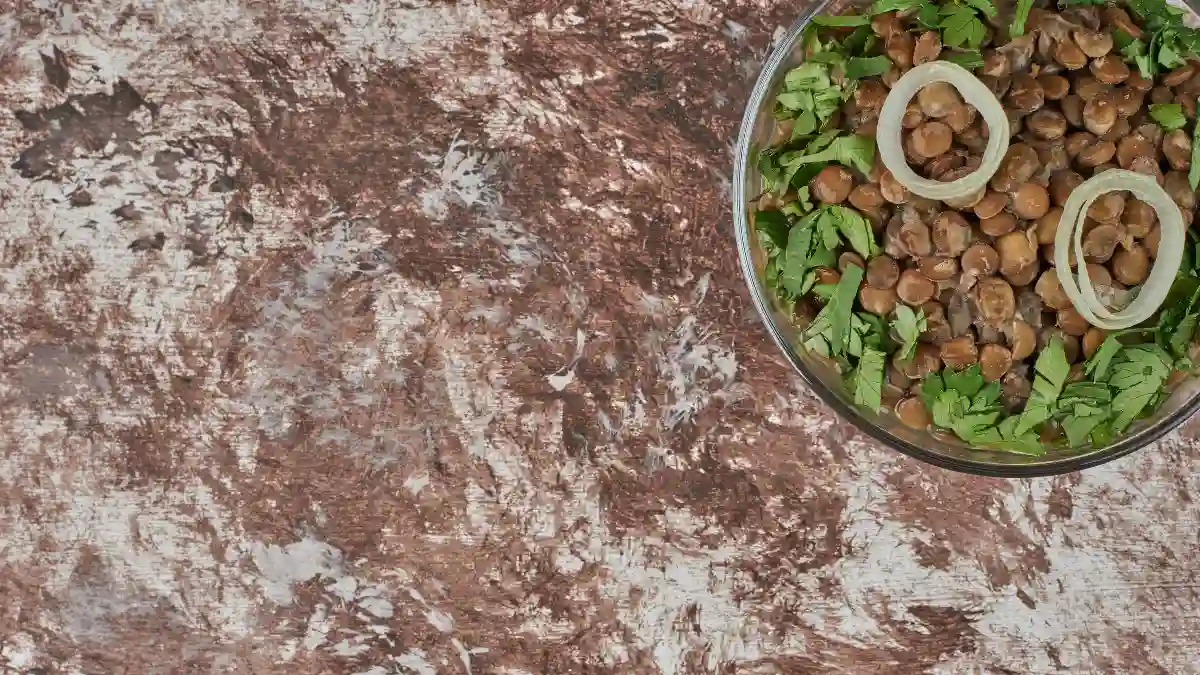
TVP lasts 20+ years because it’s been processed to remove all the components that would normally spoil. Made from soybeans, this meat substitute provides protein without the spoilage issues of real meat.
TVP stays good because:
- The manufacturing process removes all oils that could go rancid
- It contains less than 10% moisture
- It’s been heat-treated to destroy enzymes that cause spoilage
- The extrusion process creates stable protein structures
TVP rehydrates quickly and takes on the flavor of whatever you cook it with, making it versatile for long-term food storage. Just add hot water, and it’s ready to use.
25. Powdered Milk
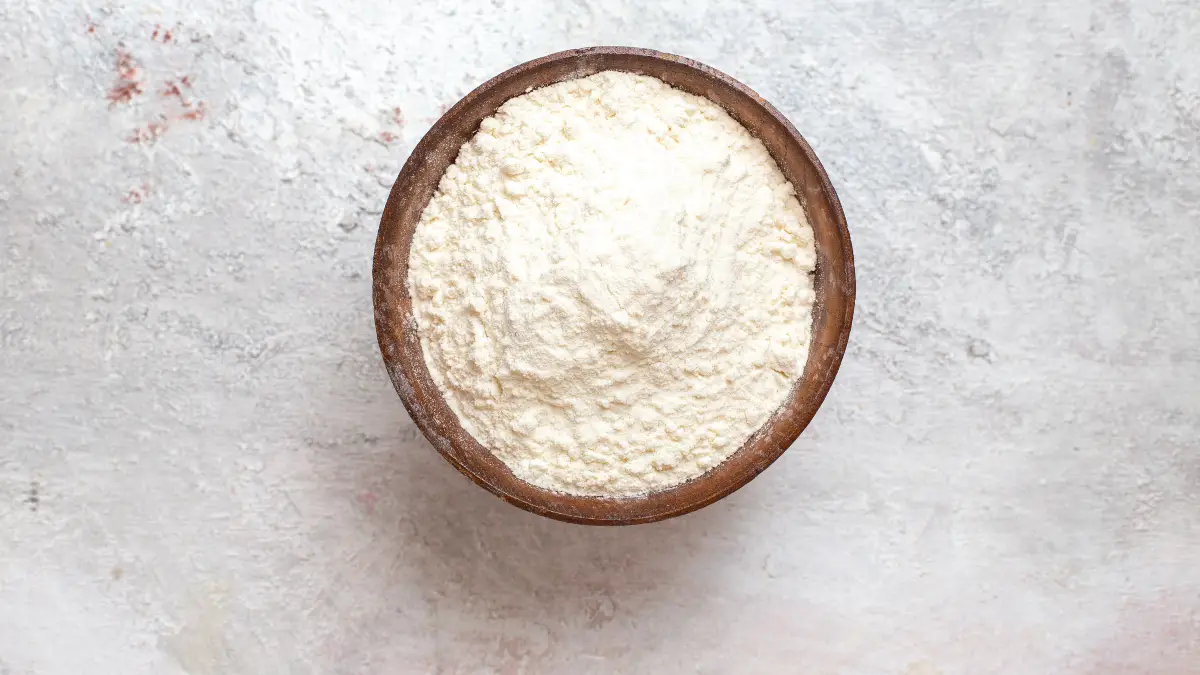
Powdered milk lasts over two decades because all moisture has been removed through a spray drying process. Without water, bacteria and mold simply can’t grow or spoil the milk.
This dairy standby stays good because:
- It contains less than 4% moisture when properly processed
- The milk fat has been removed (in non-fat versions) to prevent rancidity
- Modern packaging methods remove oxygen that would cause degradation
- It’s been pasteurized before drying, killing harmful bacteria
Powdered milk provides essential calcium and protein in your long-term storage plan. While it doesn’t taste exactly like fresh milk, it works perfectly in cooking, baking, and making yogurt even after 20+ years when stored in sealed containers with oxygen absorbers.

